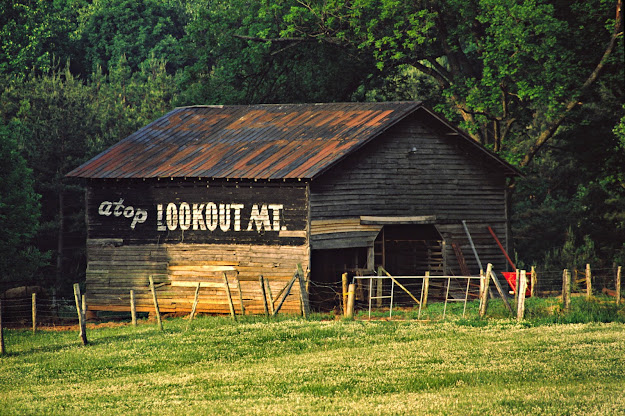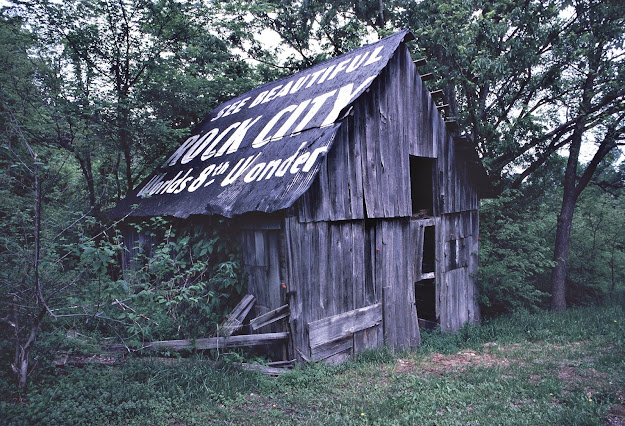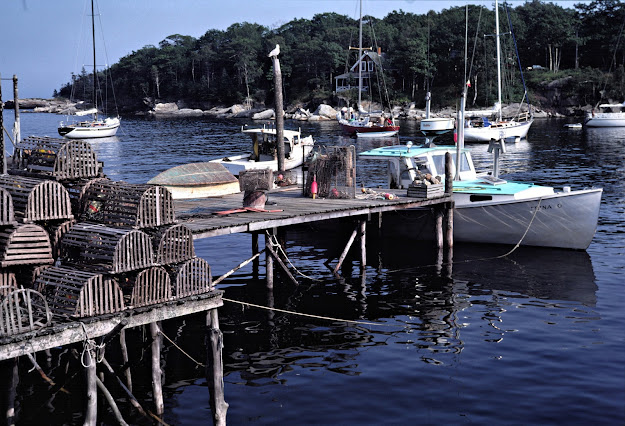 |
| The Olympus OM2n and the Fuji X-H1. A pair of winners. |
The Olympus OM2n is my all-time favorite camera. I currently have two, one of which works, and another that needs servicing. I have just a small kit of lenses -- 24mm f2.8, 50mm f1.8, 50mm f3.5 macro, and 75-150 f4 zoom. I don't shoot much film these days, but I enjoy thinking about it!
I began my full-time professional career with a pair of Nikkormats (good cameras!) and later added a Nikon F2, the state of the art in the late '70s. Unfortunately, I found it heavy and klutzy. A year or so later I followed my heart and switched to the camera system I had been eyeing longingly and lustfully for several years: the light and lively Olympus OMs. I loved, loved, loved my OMs and carried them on documentary and photojournalistic assignments to 27 countries on five continents and around much of the US, plus a lot of commercial work.
When I first bought into the Olympus system, I began with a 21mm f3.5, a 28 f2.8, a 35-70 f3.6 zoom, a 50 f1.8, an 85 f2, and a 135 f2.8. I later decided that the 24 f2.8 could do the work of both the 21 and the 28, so they went on the shelf. I added other lenses over time, and on my last trip abroad with Olympus I carried the 24, a 35 f2, the 85 f2, and the 180 f2.8. This seemed to be about the perfect set of lenses for the kind of work I did. All were very sharp, and with the exception of the 180, were all quite small and light.
By 1992, aging eyes made it difficult to focus quickly and accurately on the grid screens with very fine microprisms that I used in my OM bodies. I wish now that I had just changed screens and kept on using the OMs as long as possible.
I hoped that Olympus would introduce an autofocus camera body, but they didn't. Sadly, I gave up on Olympus, sold everything, and switched to Canon for its excellent autofocus, eventually moving to Canon digital.
At the time I sold my OM system, I had four bodies and 13 lenses. The workhorse was an OM2n, but I also had an OM-1, an OMPC, and an OM2S.
I never bonded with my Canons like I did with Olympus, but they served me well for 24 years, first with film cameras and then digital, beginning with the Canon 10D in 2003.
But I never forgot my first love.
My final switch was to Fuji in 2017.
Beginning with an X-Pro1, I quickly built a kit that included an X-T1, an X-T20, and several lenses. I liked the size of the cameras and the quality of the files they gave me. I didn't like that the menus on each camera were slightly different.
In 2019 I picked up an X-H1, the flagship of the Fuji fleet. It's slightly larger and heavier than my other Fuji bodies, and the handling felt a bit strange as first. But I quickly became acclimated, and now it feels just right. The more I use it, the better I like it. This thing is so solid and well-built that I may never need another camera. It offers higher quality and more capability for less money than any camera I've ever heard of.
Michael Johnston, editor of TheOnline Photographer blog, which you should be reading, if you're not already, had this to say about the X-H1: "It strikes me as a simply amazing camera; virtually everything on it is well thought out and beautifully implemented, and works smoothly and effectively."
It's my new love. But I haven't forgotten the first one.
Blog Note: I post Monday, Wednesday, and Friday mornings at alifeinphotography.blogspot.com. I'm trying to build up my readership, so if you're reading this on Facebook and like what I write, would you please consider sharing my posts?
(Photographs copyright David B. Jenkins 2020)
Soli Gloria Deo
To the glory of God alone































